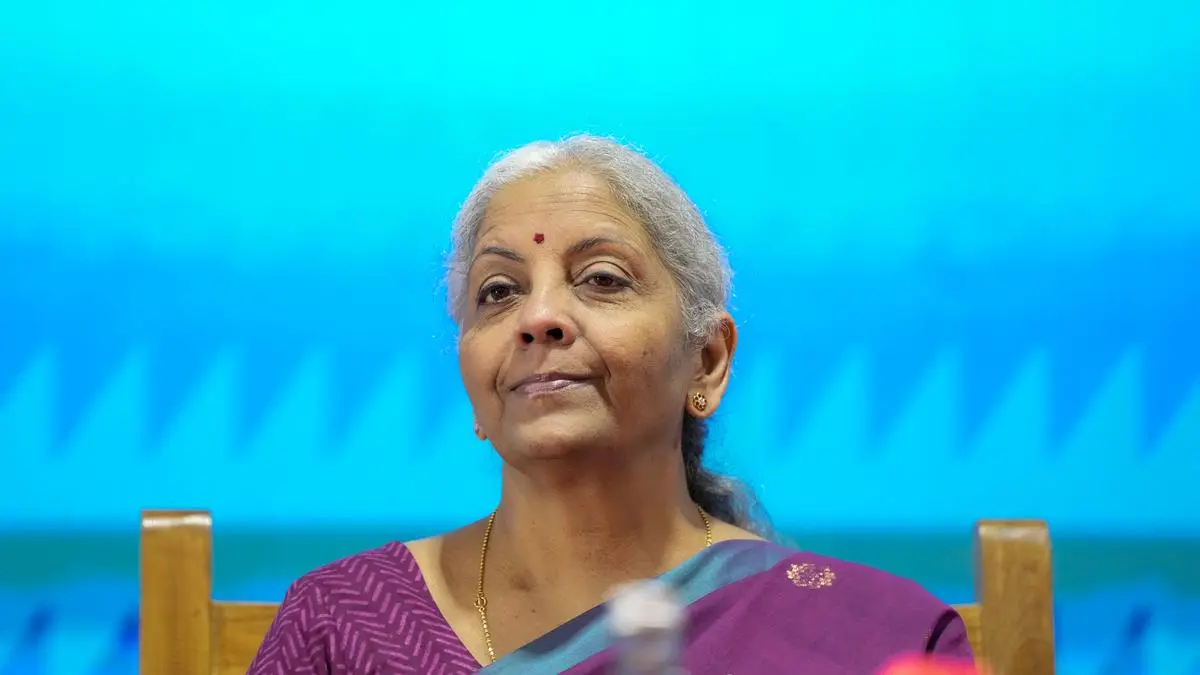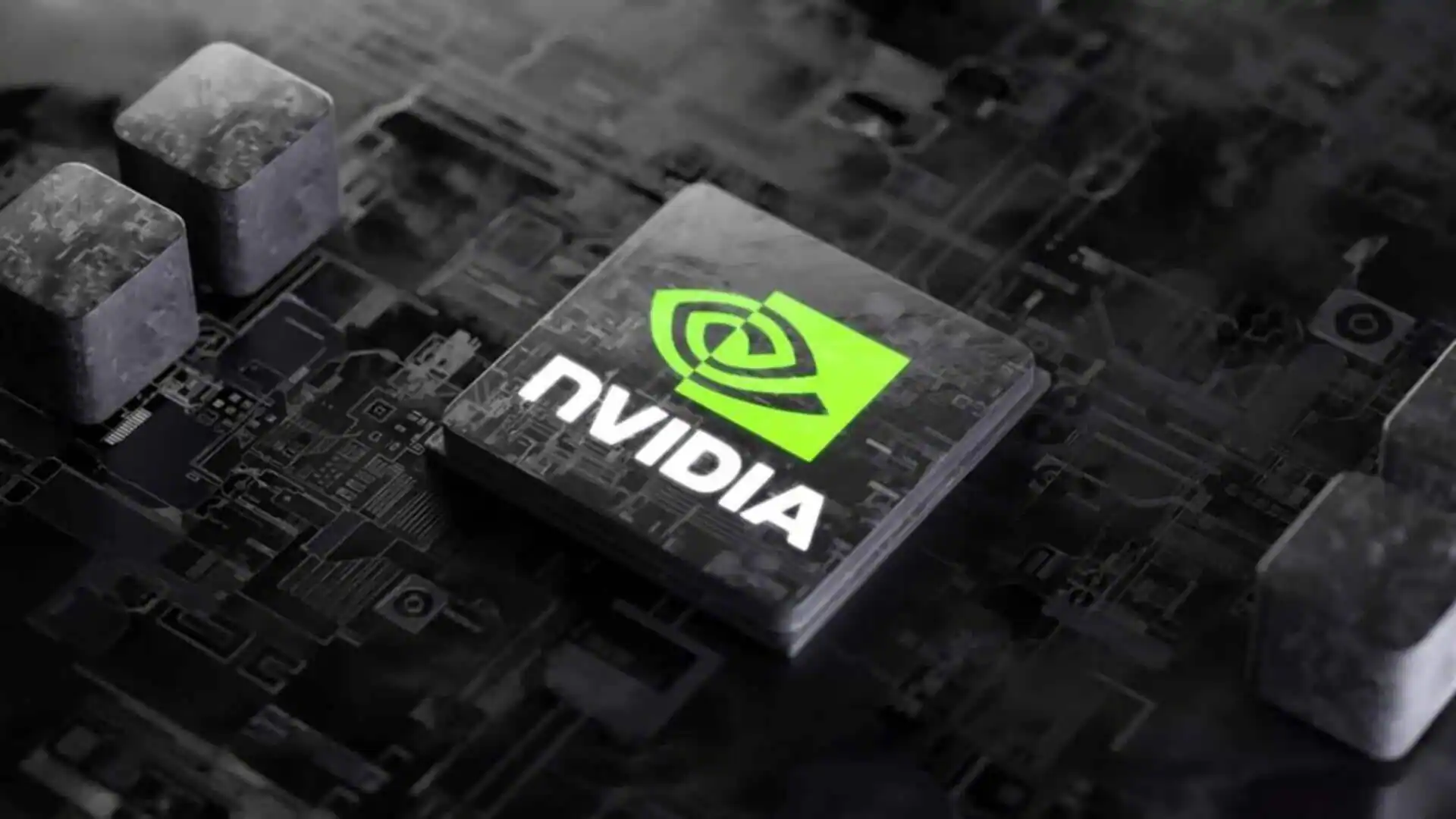By James David Spellman
Copyright scmp

Google’s recently announced blockchain for financial institutions is the latest move in the battle to dominate the infrastructure for processing global transactions in bitcoin, digitised currency, stablecoins and tokenised assets.
While government leaders are obsessed with semiconductors, the deeper and more critical issue could be the type of blockchain that will prevail in capital markets. The winner will shape whether financial risks shrink through efficiency and transparency or expand.
With that future comes questions about the optimal balance between decentralisation (spreading bits of a transaction across many participants) and centralisation (having a dominant player that standardises operations).
A blockchain is a digital ledger shared across a network of users rather than kept in one central location. Each transaction is recorded in a “block” which is linked to others in chronological order, forming a “chain”. Since every authorised participant in the chain holds a copy of the ledger, it is extremely difficult to alter past records without majority agreement.
Blockchain provides greater transparency with its real-time audit features, fostering trust and accountability. It reduces the need for banks, clearing houses or other intermediaries, lowering transaction costs. In contrast, traditional paper-based processes are time-consuming, prone to human error and can require third-party mediation.
Barriers to entry for issuers and investors are low while friction – meaning obstacles preventing immediate transactions – is reduced along with markets’ operational costs. The machine-readable digital assets make AI-guided portfolio management easier.
Alphabet’s largest step yet into blockchain architecture, the Google Cloud Universal Ledger (GCUL), will be launched soon. It will be a stand-alone foundation aimed at financial institutions that want to settle transactions on their own proprietary platforms rather than those of their rivals, enhancing security and control.
Think of this “Layer 1” blockchain as something like Microsoft Word for digital assets. Word doesn’t tell you what to write; it simply provides the tools, including fonts and grammar checks. You can draft a novel or anything else in the software. In the same way, Layer 1 provides the core infrastructure: rules of validation, the ledger and security protections. What people build on top of this – marketplaces, games, tokenised securities or digital identity systems – can be as varied as the documents written in Word.
The key point is that everything rests on the reliability of the base program. If Word crashes, your documents are at risk. If a Layer 1 blockchain falters, every application, transaction or digital asset built on it is exposed.
Google’s newest entry is important because it could topple bitcoin as the largest platform. GCUL would, however, not issue its own tokens. The lack of a strong track record could hold users back. As Alex Carchidi at The Motley Fool wrote, “Google has a shaky reputation when it comes to sticking with new product launches, including for financial products. Historically it has often created new applications, onboarded a population of new users, ceased development and then sunsetted the project a couple of years later, leaving users high and dry.”
The new platform comes as the race escalates to implement digital currencies. Some 134 countries representing 98 per cent of the global economy had launched initiatives to explore central bank digital currencies as of September 2024, though some have since changed course. Some governments see digital currencies as a means to reinforce financial sovereignty and internationalise their currencies to reduce reliance on the US dollar.
In August, the European Union began accelerating plans for a digital euro. While the EU wants its platform to be open and public to facilitate retail transactions, China has chosen a closed, non-public structure for the e-CNY, or digital yuan, which is running as a pilot in major cities. The Hong Kong Monetary Authority has launched an e-HKD pilot programme with 16 firms participating. Each approach has its strengths and weaknesses.
Meanwhile, the prospect of a digital US dollar is highly politicised, with differing visions clashing in Washington. In January, US President Donald Trump signed an executive order preventing federal agencies from issuing or endorsing central bank digital currencies.
Central banks and commercial financial institutions might worry that digital currencies and financial markets built on blockchains could usurp their ability to set interest rates, facilitate money laundering and bypass regulations imposing capital ratios as a cushion against bank failures. Given the borderless nature of cryptocurrency assets and blockchains, there are opportunities for regulatory arbitrage since national rules govern securities, custody and payments.
Blockchain operations, including smart contracts, are opaque, making it hard to manage risks. A software bug, cyberattack or governance dispute could halt trading, freeze collateral or unravel cryptocurrencies and digital assets. The blockchain that emerges as the winner might become too big to fail and a systemic risk in itself.
Oversight is ill-defined. Public blockchains’ opaque nature hinders identity checks, posing challenges for tax enforcement. Are blockchains financial market utilities with fiduciary obligations since their risks are indistinguishable from those of traditional markets? Answers to that fundamental question will determine regulatory approaches.
Data governance is another underexplored issue. Regulators need transparency, yet markets require discretion to protect investment strategies from competitors. The question of who controls access to data will become central.
The path forward must promote resilience, transparency, efficiency, systemic risk management and good governance while not strangling innovation. A global framework is best, but geopolitical tensions prevent that while leaving the dominant technology to set rules worldwide by default. Technologies are evolving so quickly that players are making it up as they go along. Blind spots are inevitable.



